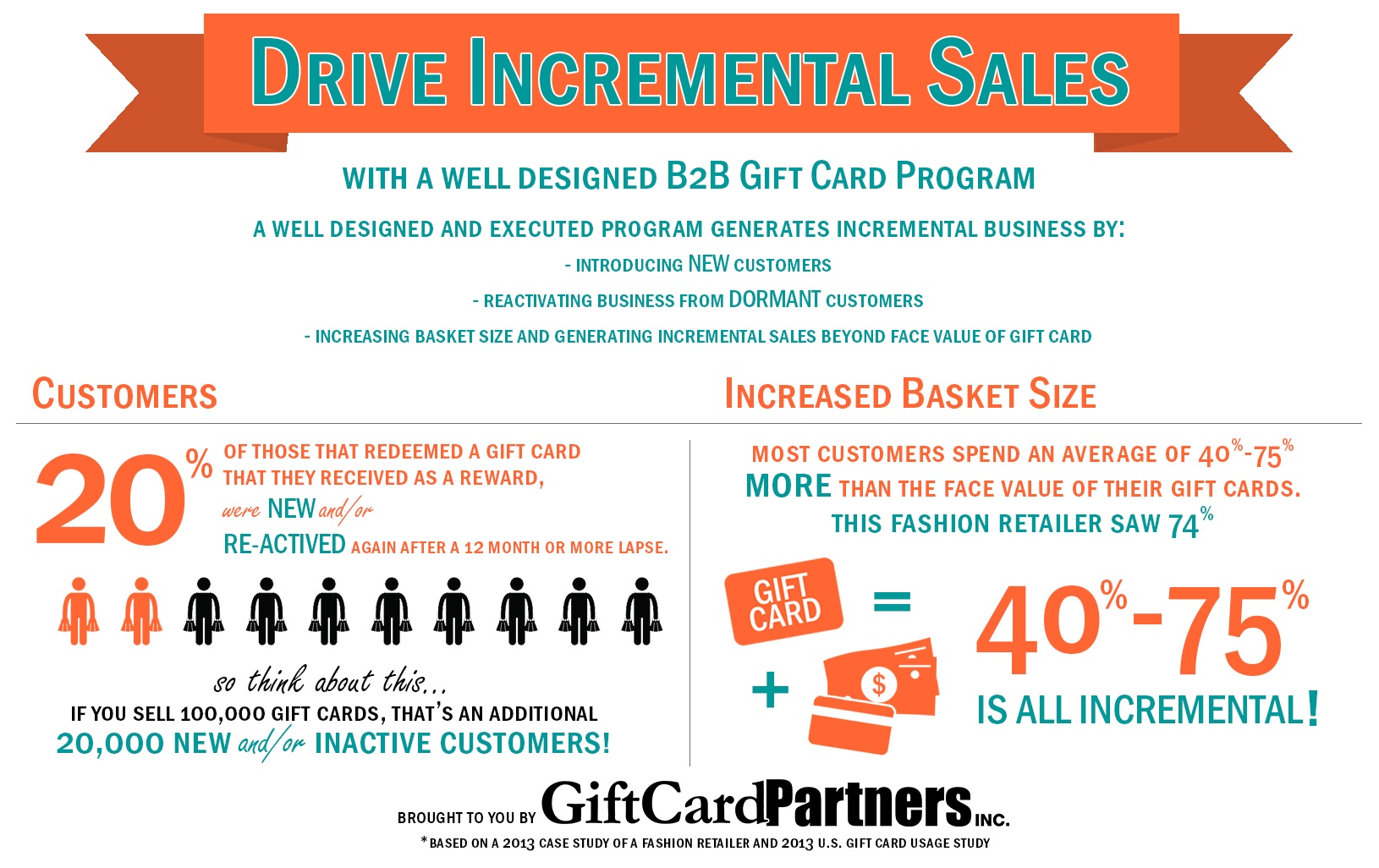Etching on frosted glass requires unique attention to information. Beginning with low power settings and gradually raise as required to avoid heat buildup or cracking.
Laser inscribing permits detailed layouts not feasible with traditional methods. Epilog Laser machines are user-friendly with intuitive software for a seamless process. The devices are durable and can accommodate larger work areas for oversized projects.
Typefaces
Glass inscription is a traditional strategy that calls for a great deal of ability and workmanship. Engravers make use of a variety of devices to accomplish the outcomes that we recognize with today. Among them are diamond-point and wheel engraving, chemical etching and stippling. While these techniques have their place, laser-engraving is the most reliable and adaptable approach for glass etching.
The right typefaces can aid your personalized layouts stick out. One choice is a serif font style, such as Lucida Hand, Monotype Corsiva or Georgia. These font styles feature stylish curlicues that develop a classy, innovative try to find your commemorative plaques or customized gifts.
Another alternative is to make use of a manuscript font style such as Century Gothic, which features narrow serifs and alternates with stylistic swashes. Its thicker strokes make it extra legible at little sizes, which is essential for laser engraving. This typeface additionally etches faster than other types of typefaces, which can conserve you time on larger projects.
Fonts
Engravings engraved on glass are a vital part of contemporary interior design. The product's capability to show and refract light gives it a visual that can alter the general mood of an area. Personalized glass can be utilized for a wide range of attractive objectives, from doors and dividers to tabletops and furnishings.
Inscription technology has actually progressed considerably in the last decade, making it possible for higher precision and even more complicated designs. Technical advancements include the intro of laser systems for improved accuracy and rate. Other features consist of the combination of AI and machine learning for computerized process optimization, along with enhanced energy performance and sustainability.
When selecting a font for inscription, it is very important to consider its legibility and kerning (letter spacing). A tighter kerned typeface is simpler to read than a broader one. Other variables that affect font selection consist of style and visual. For instance, a cursive font such as Lucida Calligraphy can look sophisticated and romantic for personalized gifts and honors.
Font style Combinations
When etching a gift or individualizing something with an engraving, the font you select can make or break it. Whether you are aiming to add a touch of love or a whimsical print, there is a typeface available to match your requirements.
One of the most crucial aspect of choosing the ideal font is its readability. Block font styles like Times New Roman and Arial are fantastic for personalized texts that require to be clear and easily readable at smaller dimensions, while script or cursive typefaces can add an added special touch.
A font style that works particularly well with laser engraving is Bebas Neue. Its constant line density makes it simple for newbies to utilize and generates results that are crisp and specialist. It also inscribes well on wood and acrylic surface areas. Pairing Bebas Neue with a serif font style, such as Sacramento or Montserrat Light, creates a tidy, elegant style. The contrast in between these styles aids the text to attract attention and be plainly distinguished.
Shades
A laser engraving maker can engrave a style right into glass. The process produces an irreversible mark, and is frequently coupled with other methods to produce refined finishes. Depending upon the sort of glass used, various outcomes can be achieved. Etching equipments provide convenience and precision compared to older approaches of glass refining, and https://www.google.com/search?q=About+https://www.youtube.com/channel/UCyqZSZBqRiWJjkOGIE_o4cg/videos&tbm=ilp can be used to create special layouts that are not possible with standard tools.
When etching fragile glass, use a support product to soak up energy from the laser. This avoids warmth accumulation and fracturing. It is also essential to keep accurate laser focus on the surface area of the glass.
Using a marker or plastic sticker to draw the preferred layout on the surface of the glass makes it much easier to achieve precision when inscribing. As soon as the design is etched, a Dremel device can be used to brush away any staying glass fragments and disclose the final product. Polishing the glass brings back openness and boosts the visual of the finished product.
